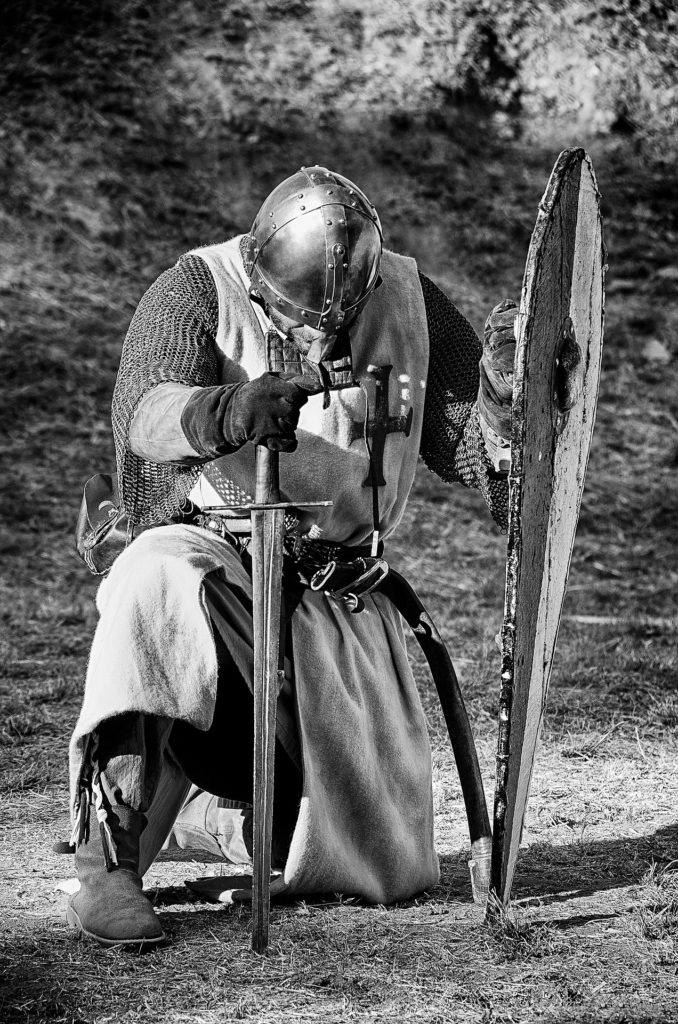 Continuous competition and striving for better conditions for further development and growth on the one hand and the necessity to protect and defend available territory and level of well-being on the other were the main factors of state formation in the early modern period.
Continuous competition and striving for better conditions for further development and growth on the one hand and the necessity to protect and defend available territory and level of well-being on the other were the main factors of state formation in the early modern period.
Endless fight for land and power between feudal lords led to elimination and submission of the weakest considerably reducing the total number of competitors. The survivors had the choice either to unite their forces or to continue fighting. Those facing important external menace preferred to unite. It was the case of French kingdom resisting to English invasion during the Hundred Years War. At the same time the English state also consolidated in its efforts to conquer France. In 1479 kingdoms of Aragon and Castile united through a dynastic marriage to complete the Reconquest of Spanish territory. Similarly in 1386 a dynastic wedding united Polish kingdom and the Grand Duchy of Lithuania to counter German aggression from the West and Tartar incursions from the East (Union of Krewo).
Another factors contributing to formation and consolidation of states were common religion, common language (or similar languages as in France and Spain) as well as common cultural and historical traditions. From this point of view Reformation in Europe represented an important hindrance for Catholic state building (in France) and considerably accelerated the creation of Protestant states (in Switzerland, Germany and Scandinavian countries).
The importance of each group in medieval society depended on its capability to fight and to defend itself. For instance, the cities enriched by craftsmanship and trade built protective stone walls and became invulnerable for feudal predators. Moreover, they represented mighty strongholds more important than any feudal castle that’s why kings and princes were looking for burghers’ support and had to take into account their interests. At the same time feudal rulers always in need of warriors provided military training to their serfs and peasants. As a result commoners started to play more important role in feudal armies. For instance, in the battles of Crecy, Poitiers and Agincourt English bowmen repeatedly defeated French heavy knight cavalry. The introduction of fire arms made mounted knights even more vulnerable, Spanish arquebusiers proved it in Pavia in 1525. In such a way monarchs of late Middle Ages could not rely on heavy cavalry and had to create professional armies equipped with canons and personal fire arms. To do this they needed support of all their subjects who supplied soldiers to the armed forces and paid through taxes all military expenses. To gain this support the rulers (through newly created state authorities) had to ensure satisfactory living conditions and provide legal protection for all social groups of population. At the same time efficient taxation was impossible without gradually increasing representation of taxpayers at all levels of state administration. In such a way states were created to wage efficiently offensive and defensive wars. Further buildup of military power required new sources of income. Spanish kingdom solved this problem thanks to discovery of America by Christopher Columbus in 1492 and further conquest of rich Aztec and Inca civilizations. One century later France and England also started exploration and exploitation of the New World.